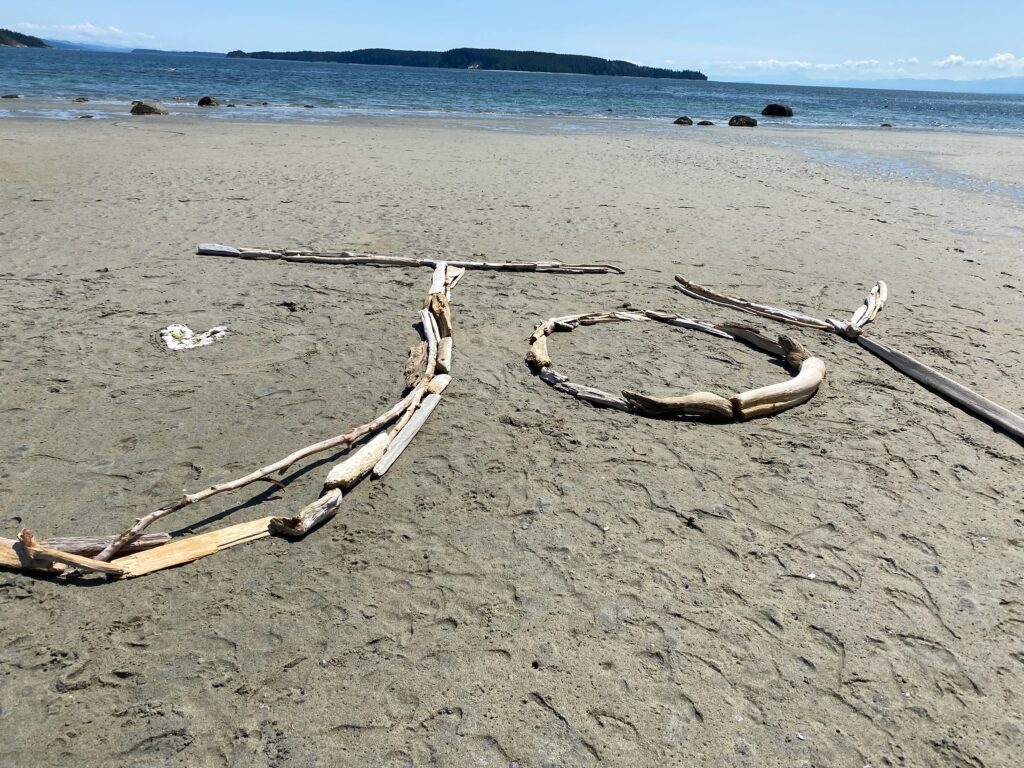
The New Year is often a time of resolutions — new diets, gym memberships and pledges for date nights or dance classes. The New Year is also a time of beginning — of new possibilities. It is a time to consider our intentions for how we will show up in our life — for ourselves, those around us, and for the community of which we are a part — in the year to come.
‘How we show up’ is ultimately our own responsibility. While we can not always control the circumstances that surround us, how we respond to these circumstances is ultimately where we have choice and agency. “Responsibility” can be a heavy word. In the flurried busyness and endless to-do lists that seem so commonplace these days, we can often feel burdened by responsibility. We have a responsibility to care for our health, and to attend to our family and loves ones. Responsibility to our work, home and friends. Responsibility to boards, committees and volunteer activities. We can relate to our responsibilities in different ways. Some fill us with a sense of meaning and value, while others may seem daunting or stressful.
Over a year ago, I partook in a psilocybin therapy session as part of my own training in this discipline. Whilst there was much transformation that arose from this experience, one insight in particular has continued to resonate strongly. The practice of psychedelic therapy invites one to wear an eyemask and headphones (playing a selected music playlist), in order to create a conducive ‘set and setting’ for the journeyer to experience the medicine, and maintain an inward perspective. I remember moments of fear and ecstasy, darkness and profound light during this journey… And after a couple of hours– of what felt like many lifetimes of experience — I recall feeling an urge to remove the mask. Laid out before me were photos of my family, teachers, and friends that I had brought to the therapist’s home where I was journeying. To the backdrop of Barber’s Adagio for Strings, I remember being overcome with a feeling of gratitude that spilled forth as tears from my eyes — a gratitude for these blessings so close to me that I could not always see them. Upon the opened page of the journal I had brought, my hand scrawled, effortlessly,.. “Gratitude”. Laughing uncontrollably through these tears, I recognized how joy so easily emerged from this container of gratitude. And so my hand wrote,.. “Joy”. It became clear how it was from this connected place of joy that I could truly experience Love. And so my hand scrawled,.. “Love”. Every word emerged in succession — one below the next . The connection and unfolding of these states felt so obvious and natural… And then, to my surprise, my hand wrote another word below Love….. “Responsibility”
Gratitude is the entry point to living a joyful life. While it can be easy to take for granted the blessings that abound near and far from the immediacy of our lives, when we slow down we can better see the grace that has been here all along. Amidst the challenges and tribulations there is, as well, so much Beauty. Can you see it? Perhaps for you it is the health or vitality of your body, or the creative capacity of the mind. It might be the many blessings of relationship, or the resonant beauty of Nature. Whenever we look with the discernment of presence, we more easily slip into this place of gratitude.
Gratitude begets joy. Joy is far less vulnerable than happiness, and arises from a recognition of our innate connection to everyone and everything. Beneath the rising and falling surface waves of circumstance, joy resides within the spacious depth of our own belonging. And it is from the certainty of this belonging that we are able to return home to Love. For love is not simply a deep affection for another person or object, but rather arises from inhabiting our rightful place of connection to Wholeness. Love is recognizing this Wholeness in ourself, in others, and in all that is our World.
A year ago, when my hand scribbled “Responsibility” during a psychedelic journey, I recognized this as a sacred responsibility — one that arises out of Love. The love I have for my children, partner, family, friends, patients, and this world, carries a responsibility that need not be contaminated by any weight of guilt, shame or expectation. Rather, this Sacred Responsibility is a testament of my very identity — reflecting who I am and how I wish to live this life as a celebration, affirmation, and jubilation of Love.
How will you show up this year? In what ways will you share your unique light and gifts in order to live from a place of connection, belonging and love? What will be your sacred responsibility to yourself, to those in your life, and to this world so divided and lost, and yet so deserving of your presence and healing?





